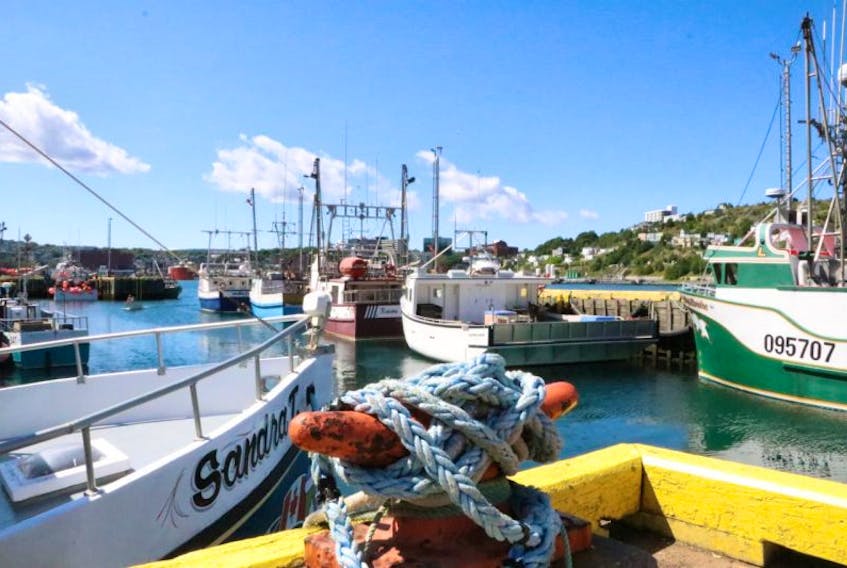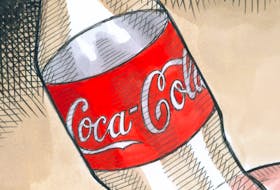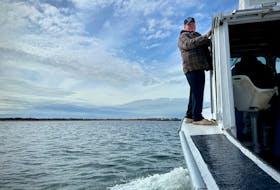In a few short weeks, it will have been 26 years since the cod moratorium was first put in place.
And the amazing thing, for anyone who remembers that day personally, is that the same arguments are being made about a fish stock that is still clearly in trouble.
This past week, the federal government announced it was cutting this year’s total allowable catch by 25 per cent, after a single-year decline in the biomass of 30 per cent. The cod biomass now is roughly where it was in 1992.
But when it comes to that cut in the total allowable catch, you can hear the same arguments that were made in 1992.
It doesn’t matter where the cod went or what was responsible for their unexpected disappearance. What matters is that they aren’t around to reach maturity and reproduce.
“This decision (to reduce the catch limit) ignores socio-economic considerations for hundreds of communities in our province and the thousands of people who rely on coastal resources,” Fish, Food and Allied Workers union president Keith Sullivan said in a statement late Tuesday. “Without it, outmigration will continue and rural life will be a thing of the past, with no industry to support it.”
But what exactly is the option? Fish anyway?
It doesn’t matter where the cod went or what was responsible for their unexpected disappearance. What matters is that they aren’t around to reach maturity and reproduce.
While Sullivan may be right that the latest declines can be attributed to natural mortality and not fishing, why does that mean it’s either safe or ethical to continue to catch fish at the same rate?
It’s a little bit like saying excessive speed causes more accidents than a lack of snow tires, so no one should bother using snow tires.
And it’s not just this year. The decline in cod numbers is expected to continue next year as well.
Why? One factor is believed to be a decline in shrimp and caplin abundance — in other words, starvation. Fish that were caught in 2017 surveys were thinner, and their stomach contents were found to have few shrimp and caplin, hardly a recipe for arguing that catches should be increased. (Especially because catch quotas are based on weight, and skinnier fish mean more fish harvested per tonne of landings.)
One thing’s for certain: the cod are in critical trouble, and the federal government should be taking careful stock of the health of the fishery, right down to parts that have been absent in overall calculations — a clear analysis of the total number of fish being harvested in the food fishery (a catch that’s been estimated at more than 1,000 tonne a year), a clear picture of discards and high-graded catches, and a reasonably accurate estimate of the amount of cod being caught illegally.
The saddest part of all?
It’s been 26 years, and we’re still making fundamental, self-interested errors about how to fish a stock that’s in critical trouble.









